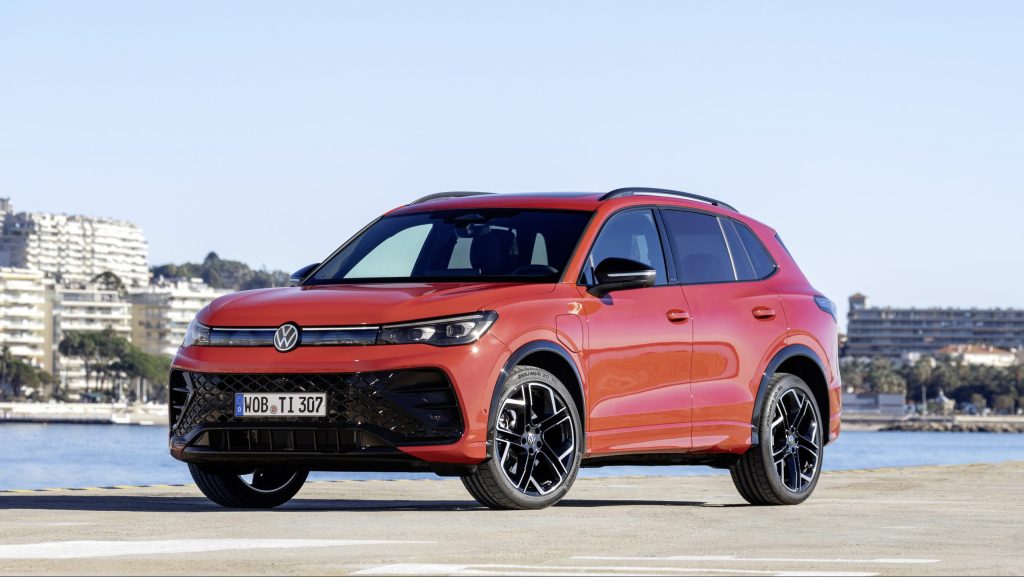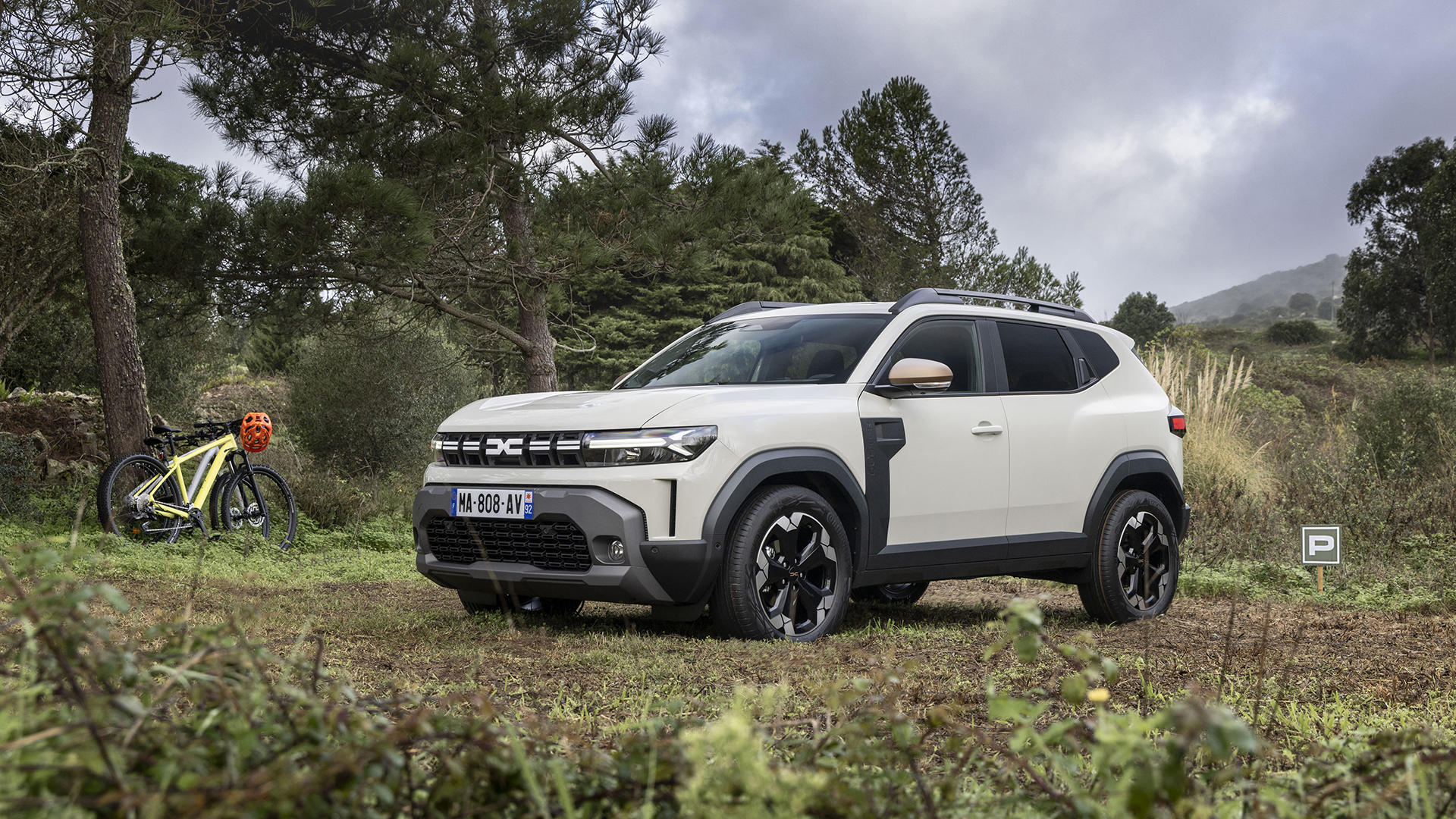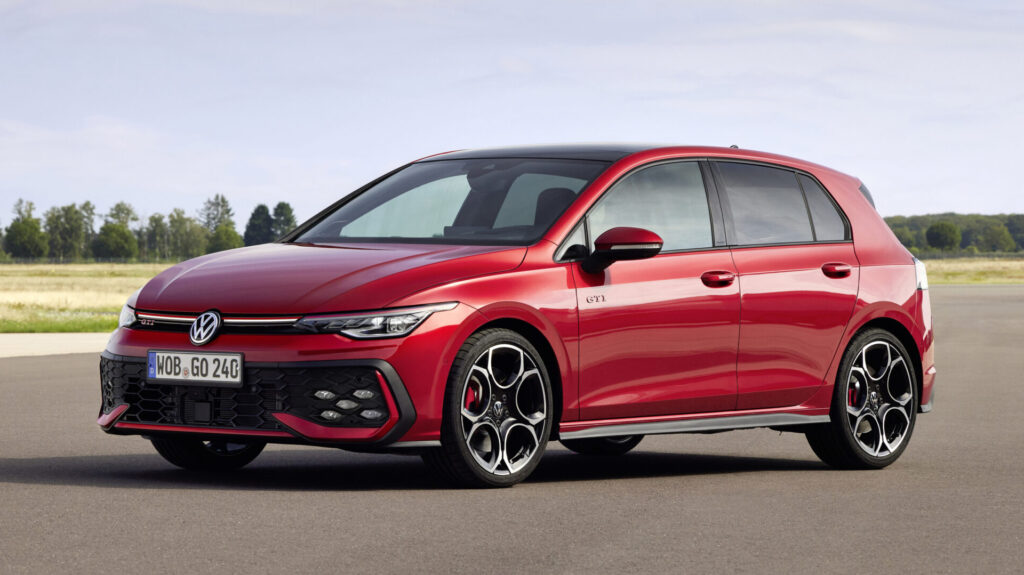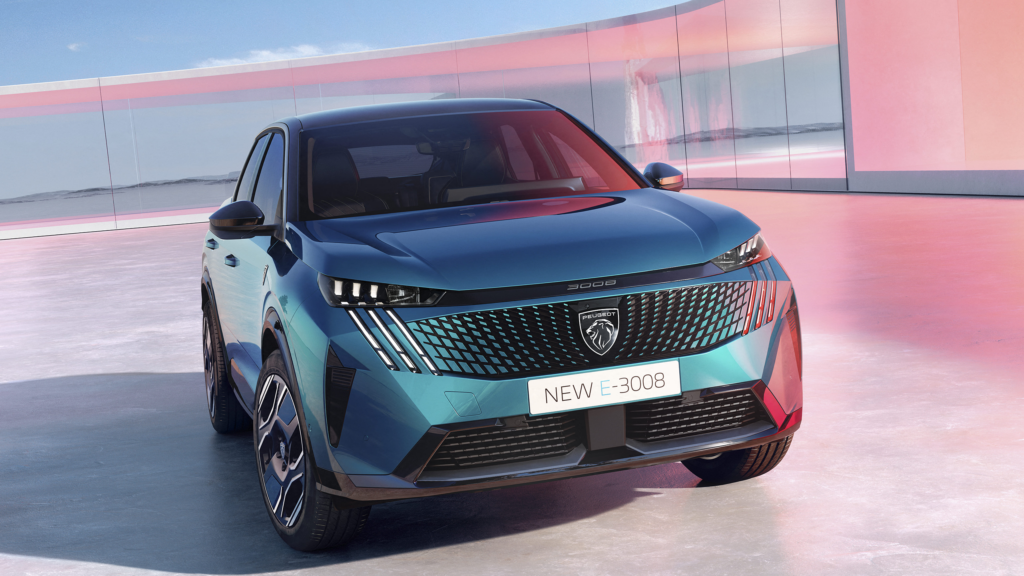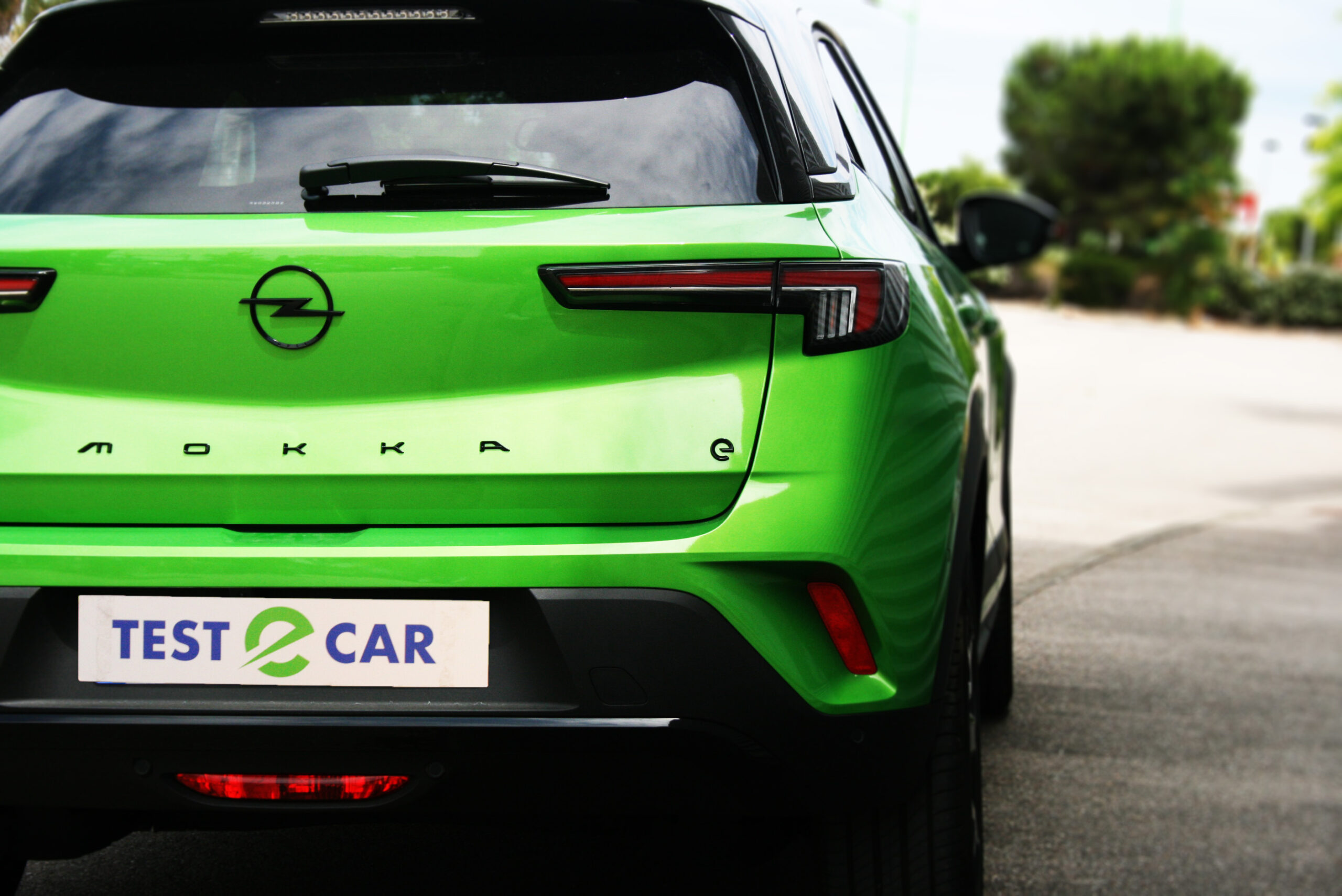
The choice to not choose and offer a wide range of mobility solutions. This is Hyundai’s credo. In 2016, the South Korean brand had struck hard by offering two models simultaneously, the Kona (Editor’s note: the test of the 2021 version, in 100% electric) and the Hyundai Ioniq. A model available in plug-in, plug-in hybrid and non-plug-in hybrid. It is the 2021 version of the latter that the editors of www.testecar.com have chosen to review. See what the 2021 model got. It is at the wheel of an Executive trim, that we decided to take the roads that lead to the Pic Saint-Loup, in the Hérault, a few miles from the Larzac mountains.

A discreet restyling, some might say. This 2021 version has a few tricks up its sleeve. In a very competitive C-segment, Hyundai wants to make its mark with a car that concentrates its strengths. Already under the hood, you don’t change a winning team. The same 105 hp, 147 N, 1.6-liter GDI four-cylinder engine (Atkinson cycle) as the previous version is used.
Good chemistry between internal combustion engine and electric motor
Next to the combustion engine is an electric motor with 43.5 hp and 170 Nm. All this gives a power of 141 hp and 265 Nm. The lithium polymer battery of 1.56 kWh is installed under the rear seat. A chemistry between the two engines that gives the car a comfortable driving experience. On the roads leading to the Salagou lake, we had a good playground to tap into the resources of this hybrid. The handling is good. The whole thing is not prone to rolling. We are dealing with a road car and not a sporty version.
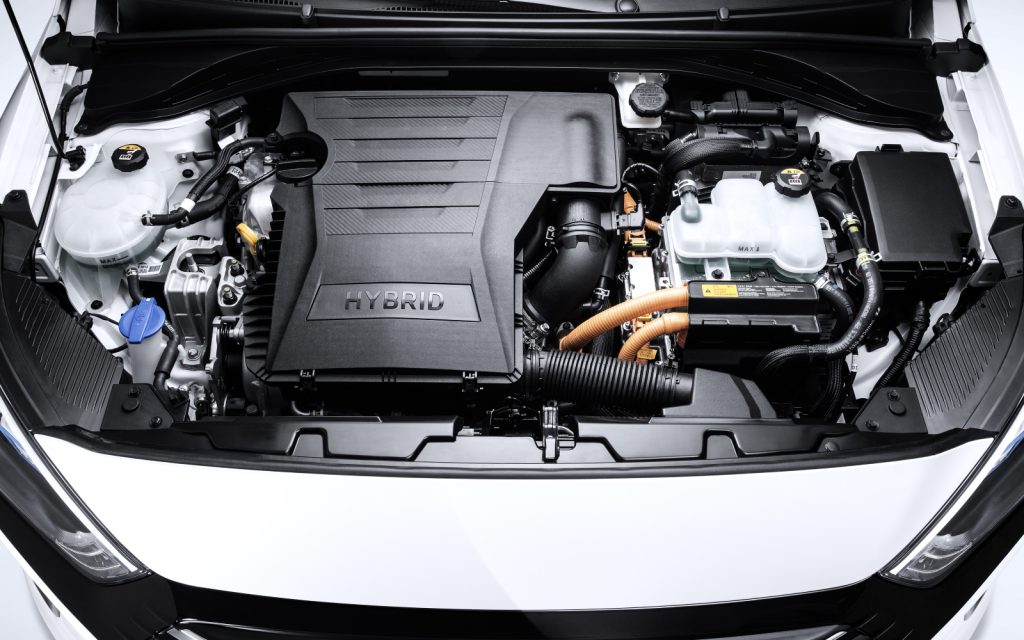
Driving pleasure
A six-speed dual-clutch automatic transmission allows this Ioniq to behave in a fairly linear fashion when revving up. When cornering or braking, the car behaves almost like a combustion engine. This could be considered by some as a plus in terms of daily enjoyment.
For drivers who might be apprehensive about driving with this type of transmission, the Ioniq 4 might change their minds. The driver doesn’t have to adapt their driving style like on other models where the transmission is a CVT. That is to say, a continuously variable transmission system in which the revs rise continuously according to the acceleration. On the downside, a heavy foot on the accelerator pedal will increase fuel consumption somewhat… In terms of performance, the 0 to 100 km/h is announced in 10.8 seconds.

A hybrid model, but one where the driver has the ability to keep control. This is the case with the paddles located on the steering wheel, which have a dual purpose. First of all, in « Eco » mode, these paddles allow you to manage the intensity of the energy recovery during deceleration. This is a fun way to see how much energy you can recover, but above all it is a way of driving that reduces the use of the brakes (the brake pads wear out less), which in turn reduces fuel consumption. This compensates for the additional consumption costs mentioned above… An « Eco » mode that proved to be very pleasant in town. The electric part plays its part wonderfully. All smoothly and silently. However, the car is a bit long and wide for a purely urban use.
The game of paddles for the regeneration of autonomy
For drivers who want to get back to the feeling of paddle shifting, they will have to switch to « Sport » mode. There, the paddles will switch to a « more classic » operation for shifting gears. It’s a shame that the Hyundai gearbox is a bit slow. If you’re not at the right engine speed to change gears, the automatic transmission takes over to move up or down a gear.
We were able to test this driving style on the A9 freeway between Perpignan and Montpellier. On the 150 km of asphalt, the use of the « Sport » mode proved to be quite nice to highlight the car’s acceleration. The car is not a sports car, that’s true. However, if you press the right pedal, the 141 hp do their job.
In electric mode in pollution zone
For the transition from internal combustion to electric, the South Korean brand is offering a new system called GDM, for « Green-zone Driving Mode ». The electric motor engages when the car enters a zone where traffic is restricted due to pollution. Behind the wheel, the Ioniq 4 offers excellent driving comfort. But it’s the interior design that sets the car apart from the first version. A notable evolution in the cabin and on the dashboard. The latter has been redesigned.
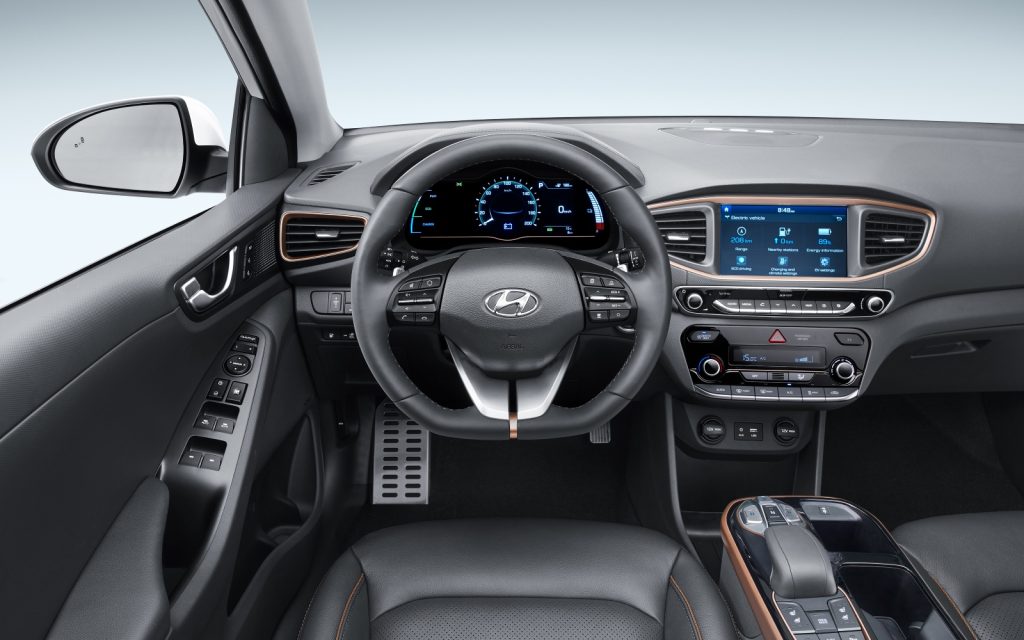
Higher, and most of all larger, with a central screen of 10.25″ that allows to have all the data of the car and all the infotainment part. A very nice upgrade. An environment that welcomes the Bluelink system. A connectivity linked to the car before, during and after use. But the Ioniq 4 is a C-segment car, a category where the road aspect is important. So is the way it handles passengers and their luggage.
An ambitious positioning
The engine has resistance, and the trunk could be a driving force behind the purchase of an Ioniq 4. With a volume of 456 liters, and 1,518 liters with the rear seat down, the car is enough to make families want to go on vacation. The disadvantage of this model is the lack of a flat floor. The car has a low loading threshold. One is obliged to tip the luggage downwards to insert it. It’s a pity, for the practicality.
For 2021, Hyundai is offering an even more advanced non-rechargeable Ioniq hybrid. The Ioniq 4 is a serious contender for those who want to take on long journeys and stand out from the crowd with Hyundai’s philosophy, thanks to its strong road performance, increased comfort and optimal combination of electric and combustion engines. An ambitious positioning in terms of quality and coherent price. This puts this car on the same level of some French cars. There is still room for improvement in order to reach the level of the Germans. Ioniq 4, a South Korean icon, yes, for sure.
Technical specifications
Motorization: hybrid gasoline electric
Fiscal power: 5 hp
Engine: inline 4 cylinder, 16 valve + electric motor
Cylinder capacity: 1,580 cm3
Power: 141 hp at 5,700 rpm
Cumulative torque: 265 Nm at 4,000 rpm
Gearbox: six-speed automatic
Drive wheels: front
Maximum speed: 185 km/h
0 to 100 km/h: 11.10 sec
Consumption: urban 3.40 l / 100 km; extra-urban 3.60 l / 100 km; combined: 3.40 l / 100 km
Tank volume: 45 liters
CO2 emission (WLTP): 79 g/km (Euro EU6.2 standard)
Ecological bonus/malus: 0 €
Front tire size: 225/45/17
Rear tire size: 225/45/17
Disc brakes: 4
